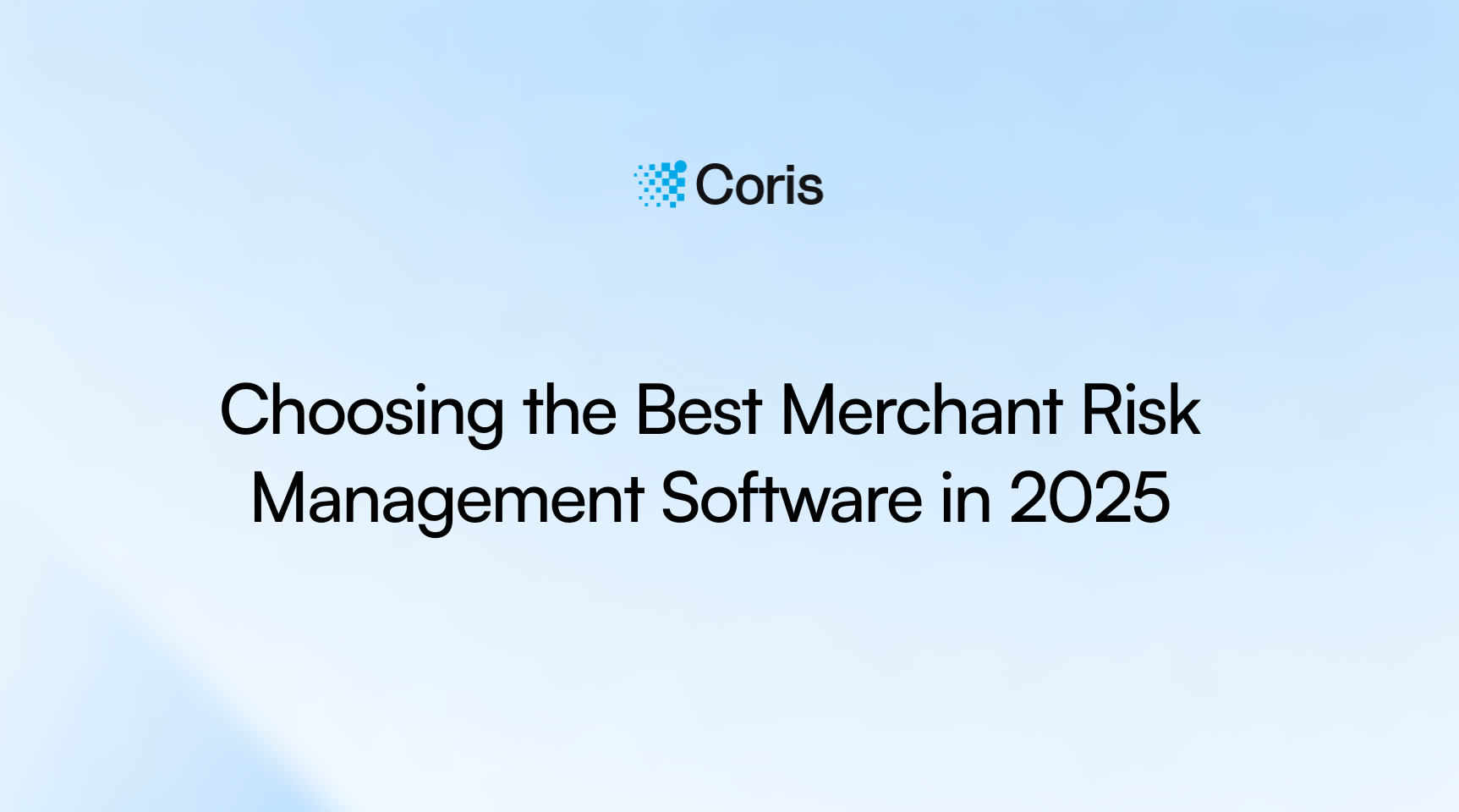Merchant Risk Management Software: Outsmart Stripe Radar in 2025
Discover advanced merchant risk management software to outsmart Stripe Radar, combat evolving payment fraud, and ensure compliance in 2025. (118 characters)
Discover how to evaluate merchant risk management platforms in 2025. Learn what matters most—AI-driven onboarding, real-time monitoring, predictive analytics, and compliance automation—to stay ahead of fraud, defaults, and evolving payment risks.

Payments are faster and more global than ever – and so are the risks. Fraud, credit defaults, and compliance failures can now scale just as quickly as the platforms they target. For fintechs, payment processors, and financial institutions, this isn’t just a technology challenge – it’s an intelligence challenge.
The question isn’t whether to invest in merchant risk management software – it’s how to choose a platform that can see the signals that matter, act on them in real time, and adapt as risks evolve.
The best platforms aren’t just automating checklists; they’re building intelligence across the merchant lifecycle. When evaluating solutions, focus on these capabilities:
Static, manual checks can’t scale – or keep up. Look for systems that use AI-driven identity verification, financial health scoring, and compliance screening at onboarding to block bad actors before they even enter your ecosystem.
Risk is not a single checkpoint – it’s ongoing. Modern platforms monitor every transaction, refund spike, or behavioral shift, using AI to detect anomalies faster than any manual process could.
Forget one-size-fits-all scoring. Leading tools train on large, dynamic datasets to predict merchant risk with precision – helping risk teams focus where it counts, before problems escalate.
AML/BSA and compliance-related screening such as against OFAC list – compliance isn’t just a reporting requirement; it’s part of the risk infrastructure. Look for platforms that embed compliance checks into their workflows, reducing both manual effort and the chance of costly oversights.
Risk tools shouldn’t sit in silos. The strongest platforms integrate with your payments stack, CRMs, and existing workflows, offering configurable rule engines and dashboards that adapt as your risk posture evolves.
While traditional GRC suites and Vendor Risk Management (VRM) tools offer broad coverage, they’re often too rigid or generalized for the nuances of merchant risk. A new generation of purpose-built platforms is emerging – designed to unify onboarding, underwriting, transaction monitoring, and compliance in a single, AI-driven layer.
Examples:
Risk management is moving beyond rule-based workflows into agentic systems – platforms that act on signals in real time, learning from every decision and improving continuously.
Platforms like Coris exemplify this shift – embedding intelligence across onboarding, underwriting, and monitoring to deliver real-time, context-rich decisions. In an environment where a single misstep can cost millions, this level of adaptability is no longer optional.
The right merchant risk management software isn’t just about avoiding fraud or passing audits – it’s about enabling growth without blind spots. By 2025, the winners will be the platforms that replace manual, reactive processes with intelligent, predictive infrastructure.
If you’re evaluating options, focus on solutions that unify your risk view, integrate seamlessly, and evolve as fast as the threats you face.